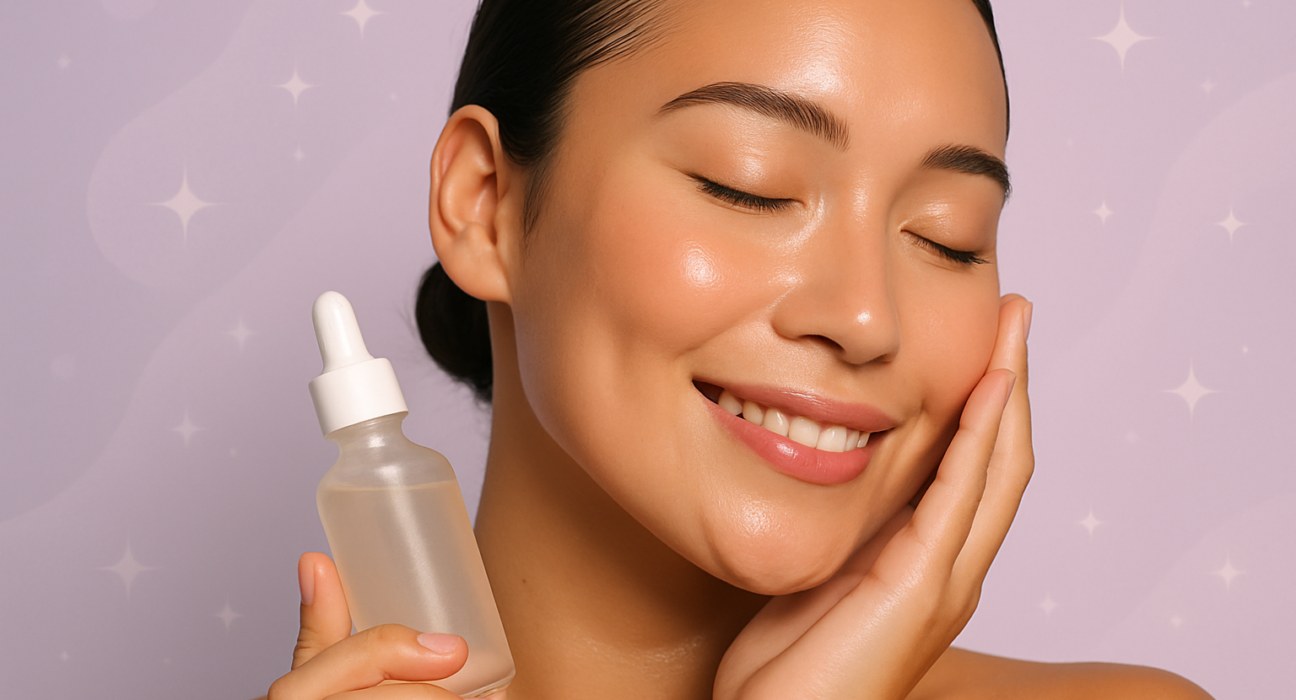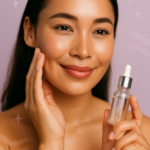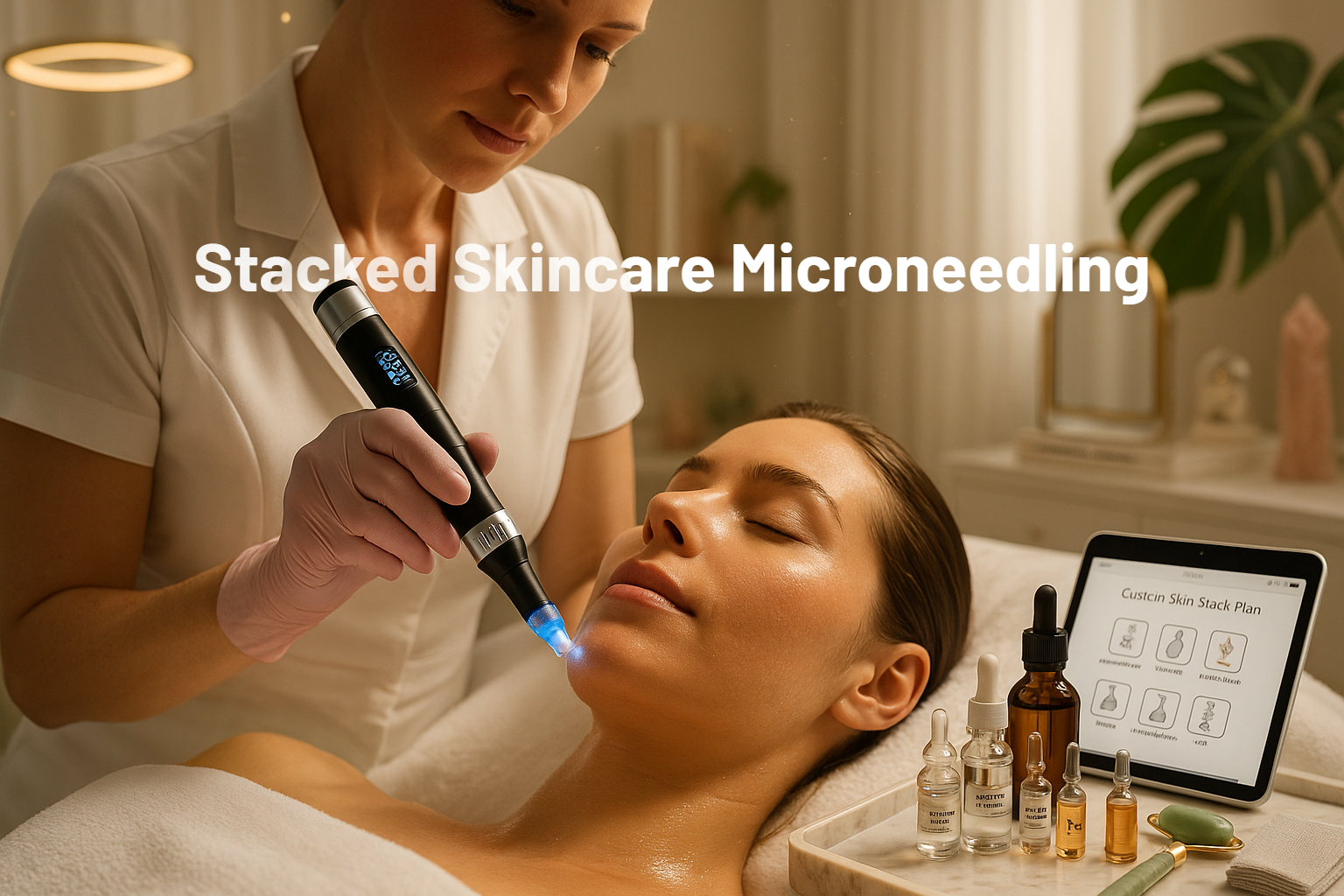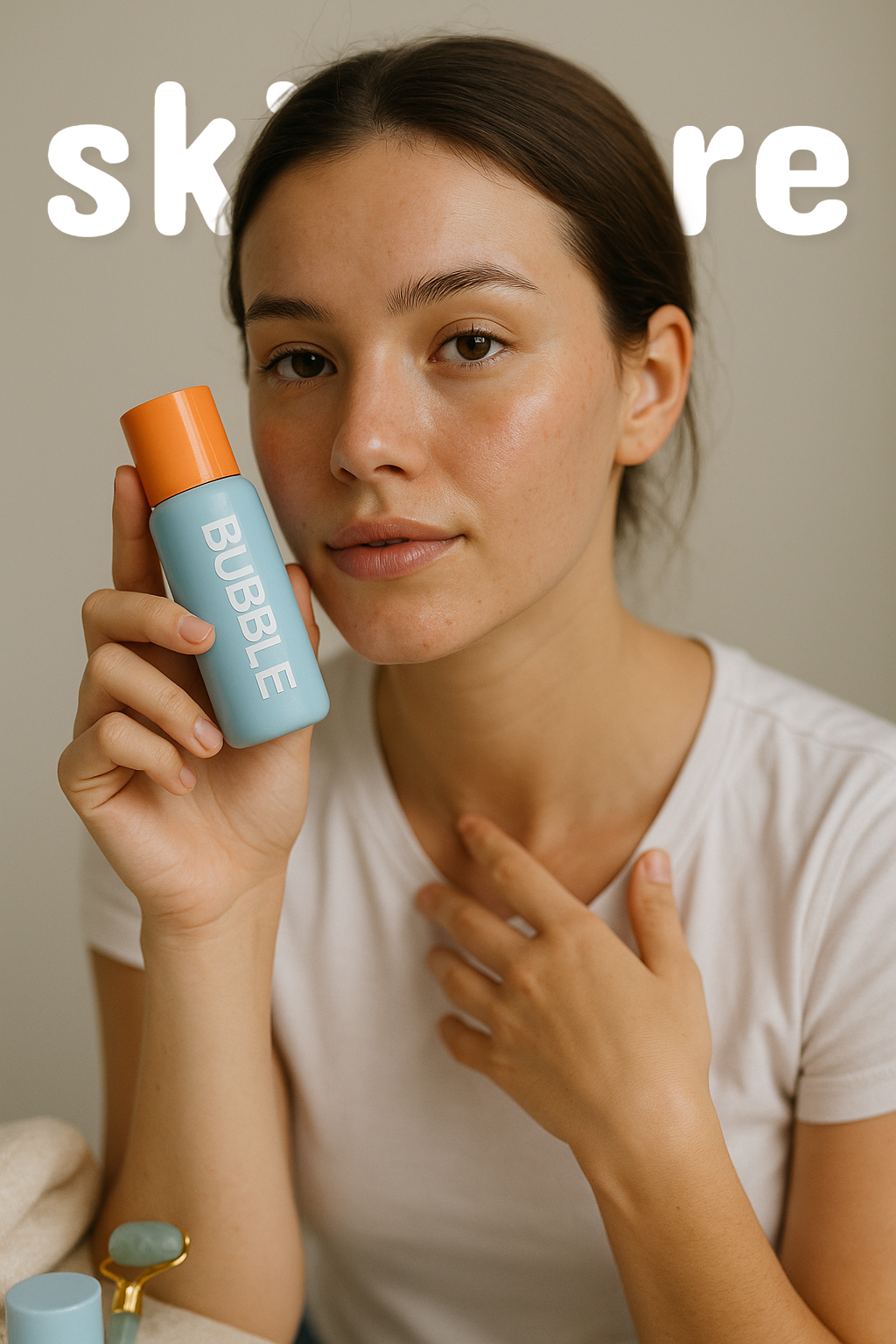If you’ve been battling redness, flakiness, or unexpected breakouts, your skin barrier might be crying out for help. In 2025, skin barrier health has taken center stage in the beauty world — and for good reason. A healthy barrier means calm, glowing, resilient skin that ages gracefully. Let’s dive deep into why your barrier matters and exactly how to repair and protect it.
What is the skin barrier?
Your skin barrier is the outermost layer of your skin (called the stratum corneum). It acts like a protective shield, keeping essential moisture in and harmful irritants out. When your barrier is strong, your skin feels soft, hydrated, and plump. But when it’s compromised, you may notice dryness, sensitivity, or even acne flare-ups.
Key signs your barrier is damaged:
- Persistent dryness or tightness
- Increased redness or irritation
- Unexpected breakouts
- Shiny but dehydrated skin
Common causes of a damaged barrier
Our modern lifestyles make barrier damage more common than ever. Here’s what can harm it:
- Over-exfoliation: Using strong acids or scrubs too often strips away protective layers.
- Harsh cleansers: Foaming or high pH cleansers can disrupt your skin’s natural balance.
- Environmental stressors: Pollution, extreme weather, and UV exposure weaken the barrier over time.
- Stress and lack of sleep: Increase inflammation and slow down skin repair.
Why repairing it is so important
When your barrier is healthy, your skin can hold onto moisture better and protect itself against environmental harm. It also helps reduce inflammation and prevents premature aging. In short, repairing your barrier is the foundation of every glowing, resilient skincare routine.
Best ingredients for barrier repair
- Ceramides: These are the building blocks of your skin barrier. They help restore strength and lock in moisture.
- Niacinamide: Reduces inflammation and helps improve skin texture and resilience.
- Fatty acids: Strengthen and replenish lost lipids.
- Hyaluronic acid: Attracts and retains moisture, keeping skin plump.
- Centella asiatica (Cica): Soothes irritation and speeds up healing.
Pro tip: Avoid harsh exfoliants, alcohol-based toners, and strong actives (like high-percentage retinols) while repairing.
Step-by-step barrier repair routine
Step 1: Gentle cleansing Use a fragrance-free, hydrating cleanser to avoid further stripping.
Step 2: Replenish hydration Apply a lightweight essence or serum with hyaluronic acid or glycerin.
Step 3: Strengthen and repair Layer a serum with niacinamide or ceramides to rebuild your skin’s strength.
Step 4: Seal it in Use a barrier-focused moisturizer rich in fatty acids and ceramides. In dry environments, finish with an occlusive like a balm or facial oil.
Step 5: Protect daily Never skip sunscreen. UV damage weakens your barrier faster than anything else.
Myths about the skin barrier
- Myth 1: More exfoliation means more glow. In reality, over-exfoliation can destroy your barrier and leave skin dull and irritated.
- Myth 2: Oily skin doesn’t need barrier care. Even oily skin can have a compromised barrier and benefit greatly from gentle repair routines.
My top product recommendations
✅ CeraVe Healing Ointment — Great for sealing in moisture overnight.
✅ La Roche-Posay Cicaplast Baume B5 — Excellent for calming irritation and rebuilding resilience.
✅ Paula’s Choice Omega+ Complex Moisturizer — A lightweight but rich moisturizer perfect for daily use.
✅ Dr. Jart+ Ceramidin Cream — Packed with ceramides, great for long-term barrier support.
✅ Krave Beauty Great Barrier Relief — Cult favorite serum that soothes and strengthens.
Conclusion
Your skin barrier is your ultimate foundation for healthy, glowing skin. By prioritizing barrier repair, you’re investing in long-term beauty and resilience.
✨ Want more personalized glow tips? Join the Glow and get your free Glow Guide plus exclusive skincare secrets straight to your inbox!






